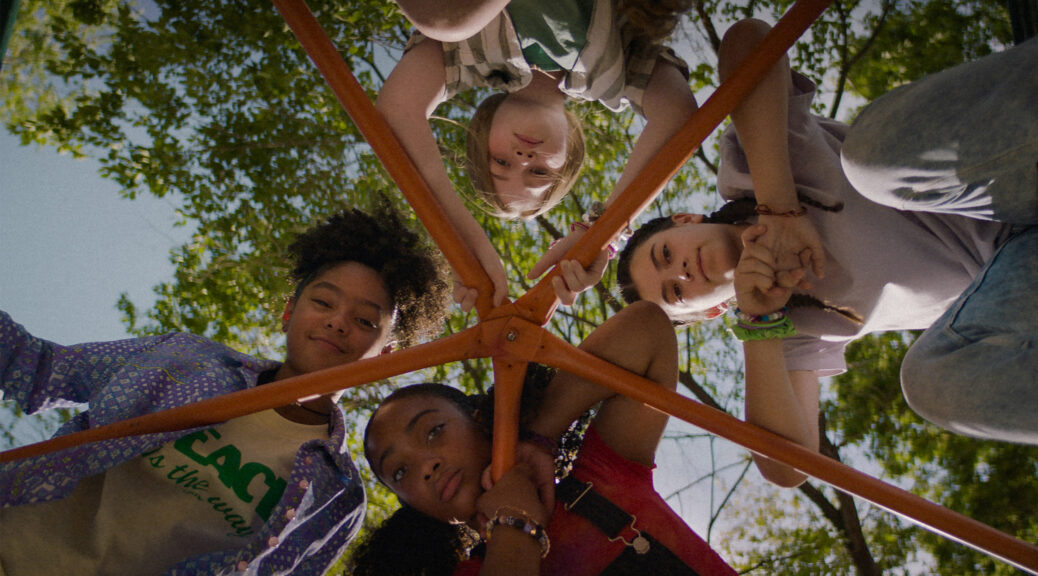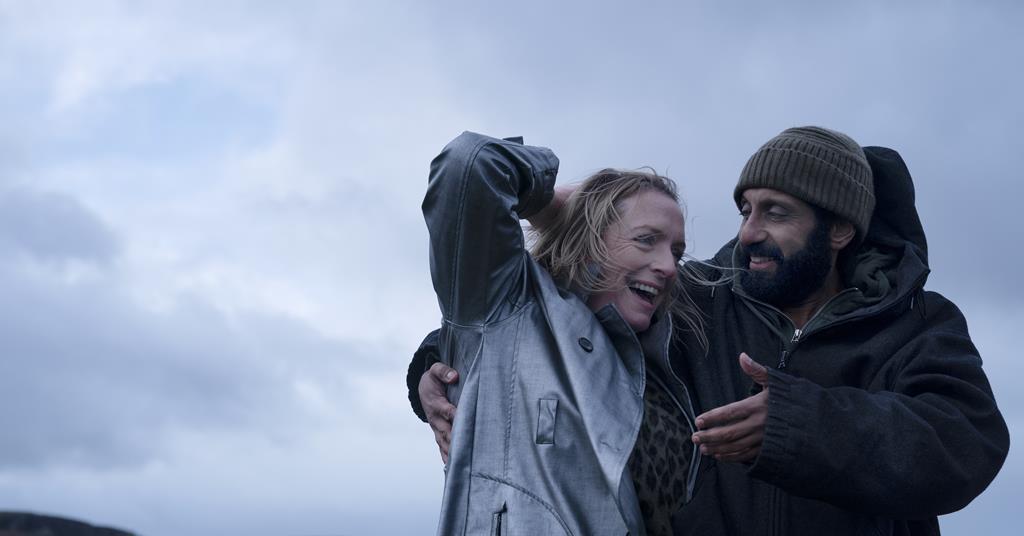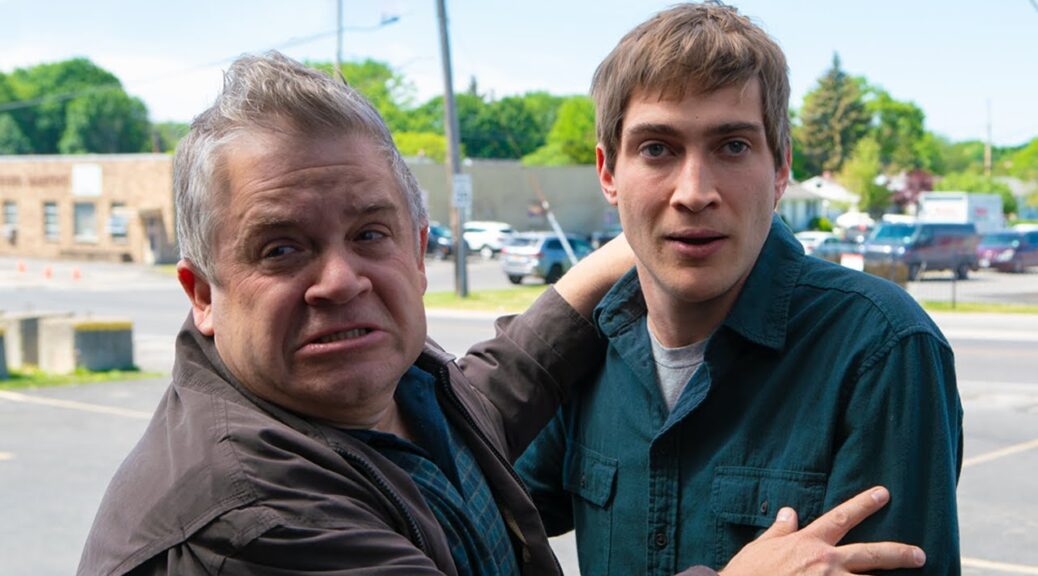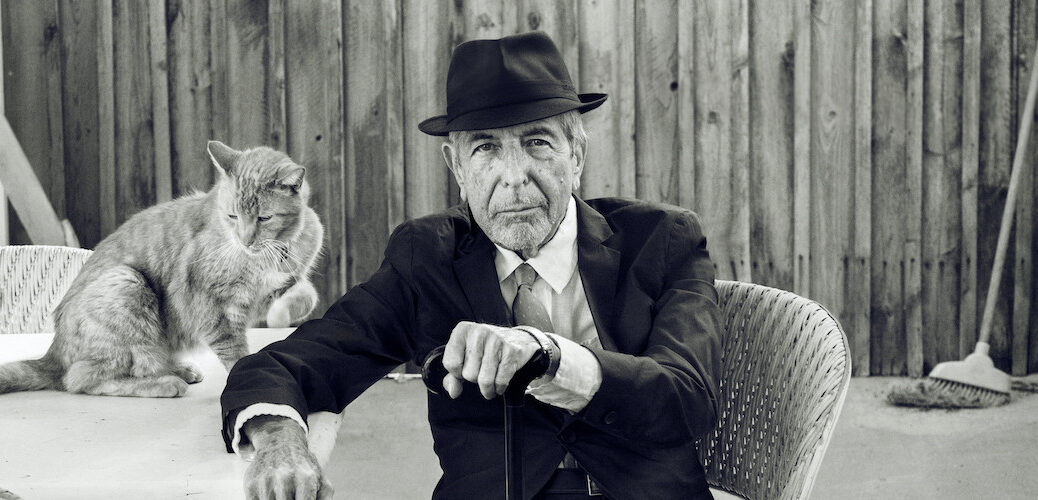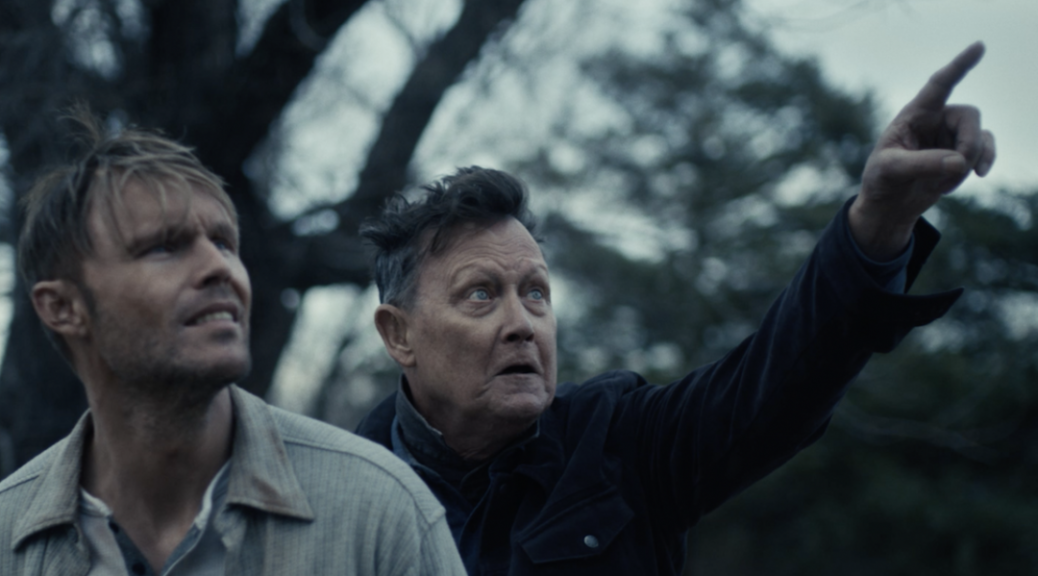Mack and Rita
by Isaiah Merritt
There are some rare talents with a unique set of skills that own a certain genre of film or character type. So much so that the mere mention of their name gives you a clear portrait of what is to be expected on the screen and an assurance that they are going to nail every bit of that role. Not to say they can’t play other roles well, but no one can play THEIR role the way they can.
Diane Keaton proves yet again that no one can play the manic-loveable woman in comedic crisis the way she can in Katie Aselton’s Mack and Rita – a comedy not so steeped in reality about remaining true to yourself during the social media age.
The film follows Mack (Elizabeth Lail), a 30-year-old woman with an old soul whose life changes forever when she transforms into her 70-year-old self “Rita” (Diane Keaton). This transformation prompts a quirky journey of self-discovery for our titular character(s) as she navigates love, friendship, and career woes.
The beginning of this film has a rocky start. The tone is unclear, many of the comedic beats seem a bit forced, and the devices used to push the story forward are lazy. Then Diane arrives… and makes everything better.
From the moment she appears on the screen the film is more interesting. The comedic moments seemingly designed for Keaton land much better. However, she is not the only player to save this film from its predictable and conventional plot.
The ever-charismatic Taylour Paige and the stunning Loretta Devine are exquisite in their roles and are clear standouts in this star-studded cast that includes the likes of Wendie Malick, Lois Smith and Amy Hill – all of whom are delightful.
Visually the film is also aided by fun costume pieces and a polished, somewhat campy aesthetic that fits the tone of the film perfectly.
While the performances are a treat and the costumes pleasing to the eye, Mack and Rita doesn’t offer anything new or inventive. If you are looking for a quick, light-hearted popcorn film, Mack and Rita is the film for you.






